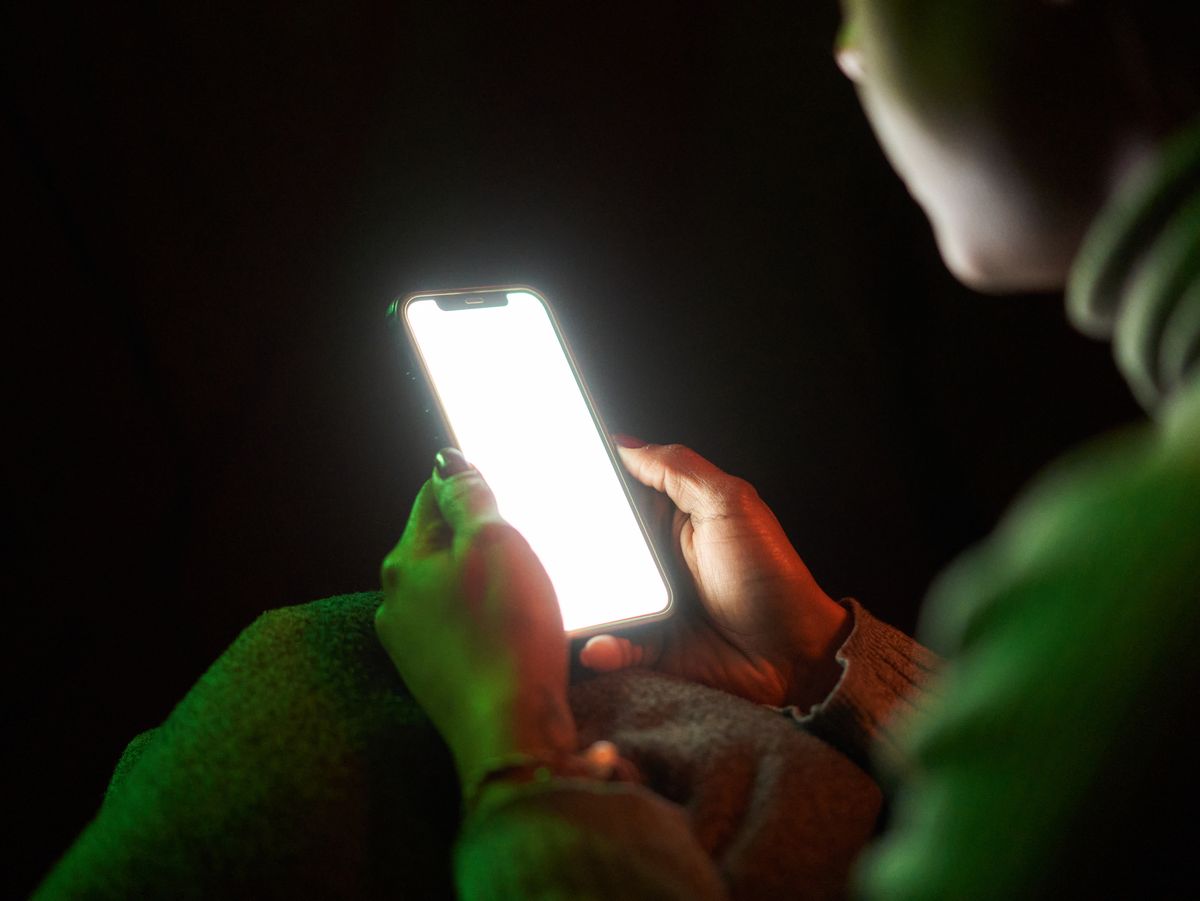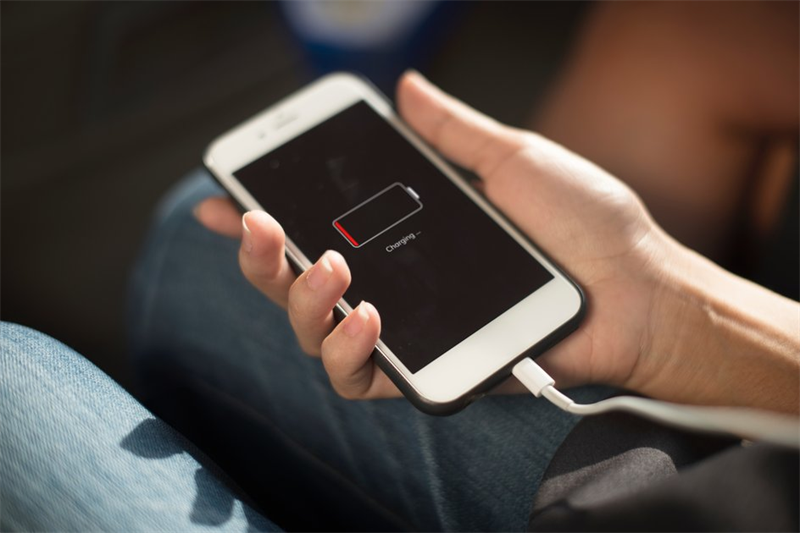

Using a higher brightness setting on your screen may seem desirable for better visibility, but it can have
some negative consequences.
In today's fast-paced digital world, screens have become an integral part of our lives. Be it mobile devices, laptops, or televisions; we rely on screens for communication, work, and entertainment. With an increasing demand for better visibility, users often crank up the screen brightness setting. However, excessive brightness can have significant consequences, affecting eye health, screen life, and battery performance.
Screen Life
Using a screen at high brightness levels can increase the temperature of the display and damage its internal components , leading to premature failure. According to the newly research, When the brightness setting is between 800 to 900, the maximum temperature rises up to 60°C! Therefore, it's recommended to keep the brightness level under 700 to ensure optimal lifespan and performance
Eye Health
There’s no doubt that higher brightness levels are more harmful to your eyes. Exposure to high screen brightness, especially over an extended period, can cause eye fatigue, headaches, dry eyes strain, and even temporary vision loss. To prevent such eye problems, it is advisable to adjust the screen brightness to an optimal level that is comfortable for viewing.

Exposure to high screen brightness can cause eye fatigue, strain, and even temporary vision loss.
Battery Performance
High screen brightness requires a substantial amount of power, which will shorten the battery life of devices. As the screen brightness increases, the higher power output required, result in the battery draining faster and longer charging times and higher number of cycles, leading to the need for frequent battery replacements.

The screen brightness increases will results in the battery draining faster and requiring longer charging times
and higher number of cycles.
Sensitivity of Touch Screen
High brightness of a screen creates an increase in its temperature, which may cause lag and other types of touch screen issues, bringing us poorer user experience. Therefore, many company suggest that keeping the screen brightness at a moderate level to avoid such problems, Apple, for example, officially recommends keeping the temperature between 0°C and 35°C to avoid any adverse effects. Any temperature exceeding 50°C may trigger an over-temperature warning, it is generally recommended to keep the screen brightness at a normal level, around 700, to ensure best user experience and eye health.






